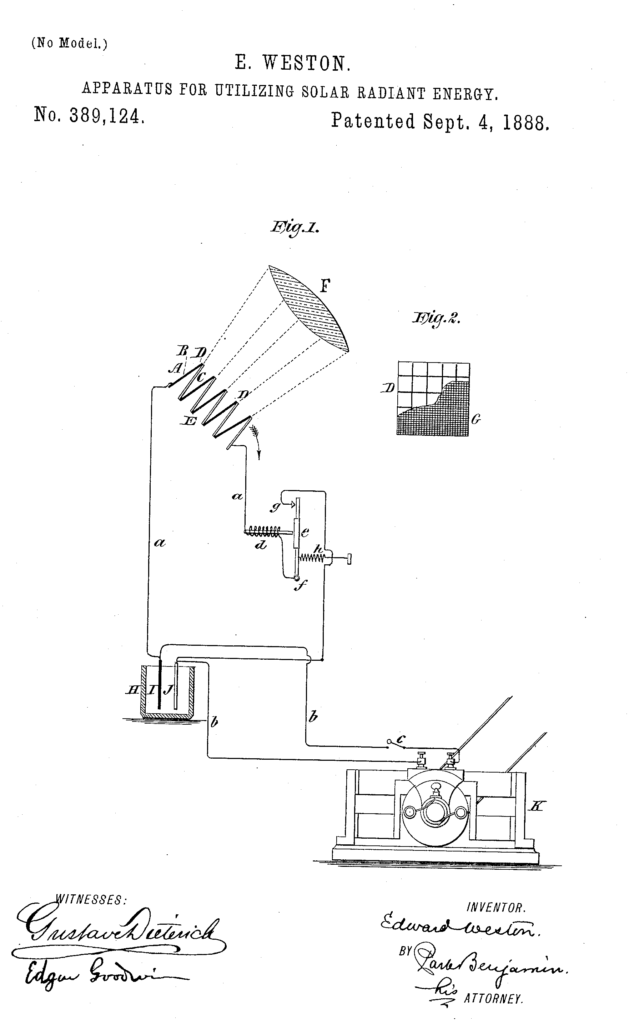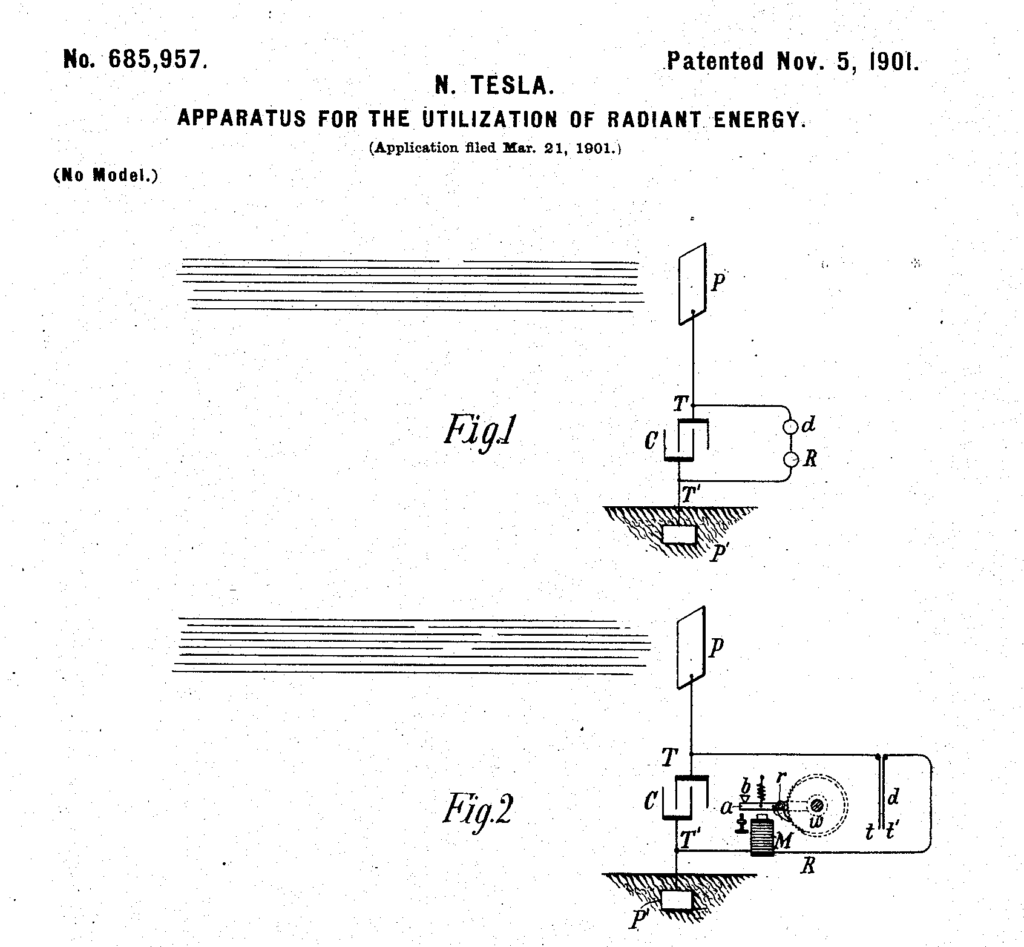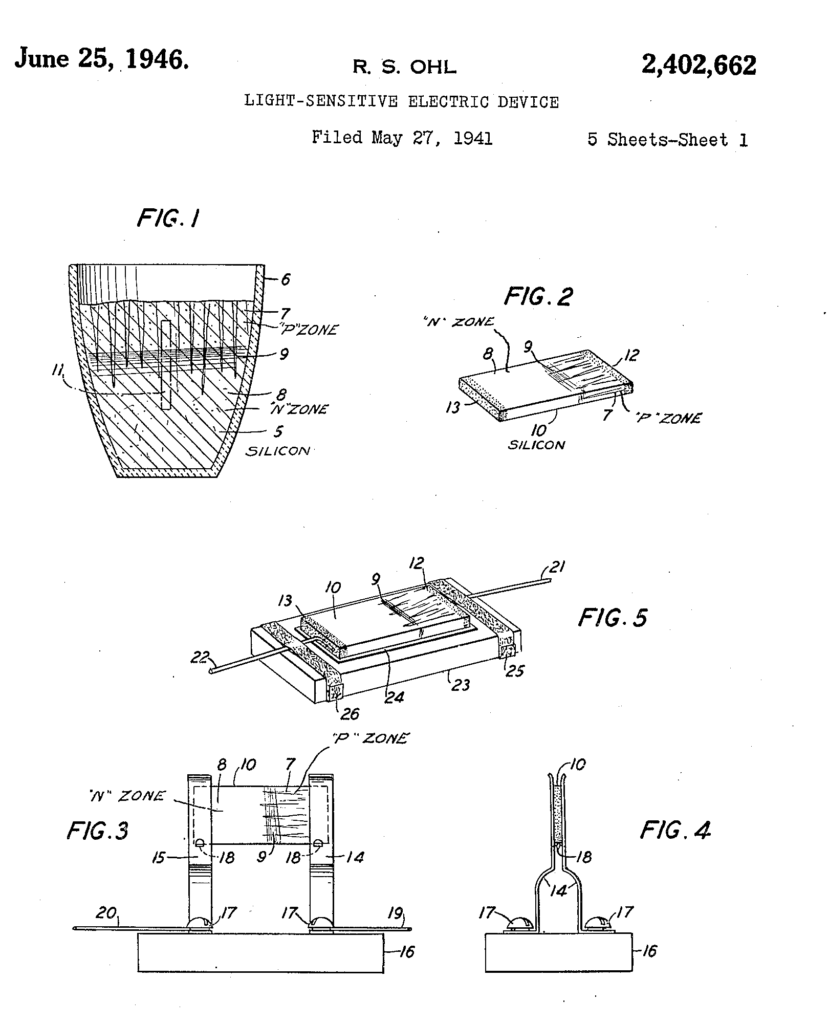05/11/2021
As COP26 gets underway in Glasgow, there seems little doubt that climate change is the new zeitgeist. Politicians and activists from around the world will spend the next few days discussing causes of climate change, predicting effects of climate change, and trying to agree to implement measures to combat climate change.
If global economies are to be decarbonised to the extent, and with the speed, that many believe is necessary, alternative technologies need to be developed with war-time urgency. Although the emergence of “green” technologies has become apparent in recent years (solar panels on roofs, wind turbine fields at the seaside…), we have a long way to travel before we can completely replace fossil fuels. COP26 is likely to end with governments attempting to influence the progress of innovation in climate change technologies by a combination of incentives (e.g. technology specific research funding and tax incentives) and prohibitions (e.g. banning petrol/diesel fuelled cars, tax disincentives).
Patent filings are a reasonable proxy -measurement of ongoing innovation in any technological area. The fact that patent applications are classified into relatively narrow technological areas means that changes in statistics such as number of patent filings in any technology can be easily determined. A measurement of patent filings would provide an indication of whether measures agreed by governments are having the desired effect. It will be surprising if the number of patent filings in climate change technologies does not increase significantly in the coming years.
While climate change mitigation technologies are needed in the modern world, we wondered just how modern some of these technologies really are. We decided to look at some historical patents and find some early examples. We decided that climate change mitigation technology is not really new, maybe more of a slow developer.
#1 – Solar voltaic energy
The generation of electricity by use of solar panels is a cornerstone of modern renewable technology. Solar panels can be deployed on under-utilised land as solar farms, and on a smaller scale on individual buildings and vehicles. Solar panels can be small enough to wear. The Organisation for Economic Co-operation and Development (OECD) associates solar voltaic technology with cooperative patent classification (CPC) code of Y02E10/50. The number of international patent applications given this coding increased threefold in the decade 2010-2022 compared with the previous decade 2000-2010. But when were the earliest patent filings in this technology area?
The photovoltaic effect was discovered in 1839 by Edmond Becquerel. Almost 50 years later, in 1883, the first solar cells were invented by Charles Fritt. In 1888, US patent 389,124 was granted to Edward Weston for “The combination of a thermopile, a means (such as a mirror or lens) arranged to concentrate or converge solar rays thereupon, and a secondary or storage cell in circuit with said thermopile, substantially as described.”

As can be seen from figure 1, Weston’s patent relates to an attempt to concentrate the sun’s rays onto a solar panel, which was needed due to the extremely low efficiency of the early solar cells.
Solar technology attracted some great names among scientists and inventors, including Nikola Tesla. The following image is from Tesla’s 1901 US patent number US685,957, relating to an apparatus for the utilization of radiant energy.

Efficiency remained a problem that restricted the use of early solar cells, but developments continued in first half of the 20th century. In 1946 Bell Telephone Laboratories were granted US patent US2402662 for a photovoltaic cell formed using columnar silicon crystals. The efficiency of solar panels at this point had improved to about 6%.

With the most efficient solar panels now approaching efficiencies of 50%, and commercial residential panels having efficiencies of between 15% and 20%, it is clear that we have come a long way. Much work is needed however if we are to approach the maximum theoretical efficiencies of solar panels of over 80%.
This article is for general information only. Its content is not a statement of the law on any subject and does not constitute advice. Please contact Reddie & Grose LLP for advice before taking any action in reliance on it.



